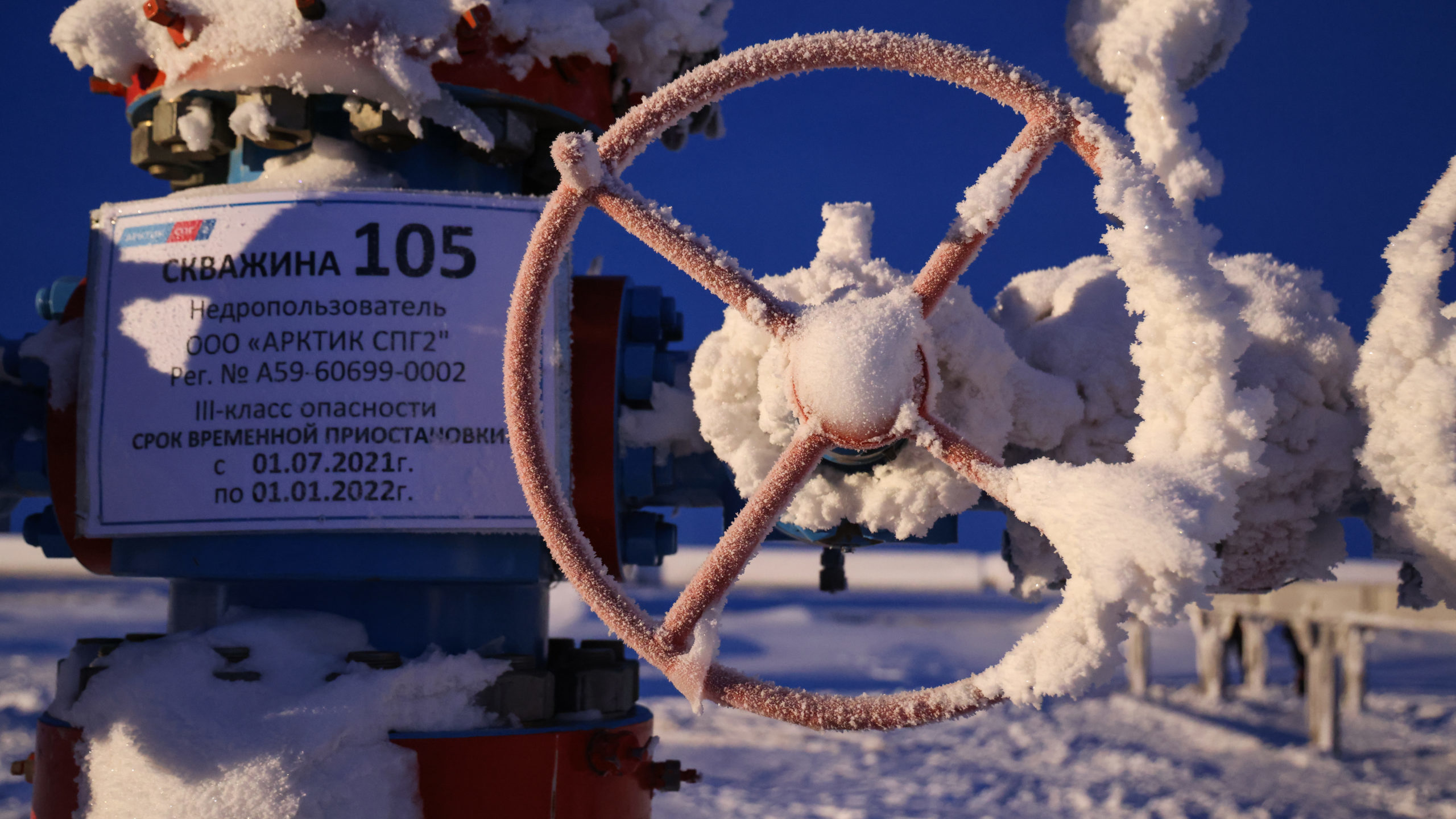Russia’s invasion of Ukraine is expected to spark a big shift in global energy markets as nations hunt for responsible suppliers to break their dependence on Russia for both oil and natural gas.
“Global energy security is under threat, putting the world economy at risk during a fragile stage of the recovery,” Fatih Birol, executive director of the International Energy Agency said on Tuesday as IEA member countries like the United States, Canada and Norway announced a joint release of 60 million barrels of oil from emergency reserves to offset a shortfall in supplies from Russia.
In the longer term, unbinding Europe from Russian natural gas will be a challenge, given that the region relies on Russia for more than 38 per cent of its supply, according to the EU statistics office. But government actions to stop a major pipeline that Russia is planning to hike natural gas exports signal that the shift is already underway, according to industry analysts.
“The Ukraine invasion appears to be the last straw for the EU – the suspension of certification of Nord Stream 2 is a clear indicator of the future direction of travel,” says Simon Flowers, chair of global consultancy Wood Mackenzie.
“The debate about diversifying gas supply away from Russia will only intensify… It is a super bullish signal to LNG developers in the US, Qatar and beyond.”
That includes Canada, where the prospects for Canada’s LNG industry were already increasing, according to Martin King, Canadian analyst with Houston, TX-based RBN Energy.
“Global LNG markets have been in overdrive this winter — it seems the world just can’t get enough of the super-cooled natural gas,” King wrote in late February.
For months, Europe has faced a natural gas crisis, in part because Russia has not been filling its available pipeline capacity to the region, according to the IEA. As a result, Europe has been buying more supplies as LNG on ocean tankers, bidding higher for cargoes that might have gone to Asia otherwise, King says.
Canada’s west coast is one of the closest and potentially largest sources of LNG for Asian buyers, he says, and the competitive global market is expected to continue well into the next decade.
“With one major LNG export project already under construction, at least one more awaiting the final go-ahead, and two more serious proposals having emerged last year, Canada’s outlook for additional LNG sales to Asia is clearly bright,” King says.
The owners of the LNG Canada terminal, currently under construction at Kitimat, B.C., are reportedly considering giving the go-ahead this year for the project’s second phase, doubling capacity by the late 2020s, he says.
Meanwhile, the smaller Woodfibre LNG project at Squamish, B.C. recently selected its main contractor and is expected to be the next project to get the official green light, “in the coming months.”
Two First Nations-led LNG projects in B.C. are also gaining momentum. In February, the Cedar LNG project owned 50 per cent by the Haisla Nation filed a key regulatory application and announced a contract for front-end engineering and design.
And the Ksi Lisims LNG joint venture, which includes the Nisga’a Nation, is moving through the federal and provincial regulatory process.
On the East Coast, two proposed LNG projects could send Canadian natural gas directly to Europe.
Calgary-based Pieridae Energy is considering a floating LNG export project off the coast of Nova Scotia, while the B.C.-based First Nations Major Projects Coalition and Miawpukek First Nation are working together on a project called LNG Newfoundland and Labrador.
The unaltered reproduction of this content is free of charge with attribution to Canadian Energy Centre Ltd.
